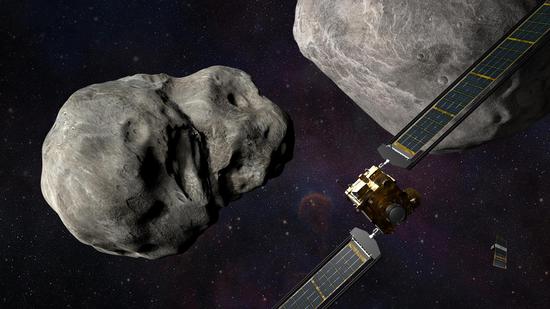Archaeologists in east China's Shandong Province have excavated 29 ancient tombs, including 11 which date back some 1,800 years to the late Eastern Han Dynasty (25-220 AD).
The tombs believed to be from the Eastern Han Dynasty to the Qing Dynasty (1644-1911) were discovered in Laiwu District in the provincial capital Jinan, said Li Ming, head of the city's archaeological research institute.
More than 90 cultural relic items were unearthed, including pottery jars, bowls, dishes, and bronze coins.
Four of these Eastern Han tombs were brick-chambered. More than 10 types of bricks with different decorative patterns and images were found in the tombs.
Clear images of the moon and the Big Dipper were found on some bricks, with images of rabbit and toad visible on the moon. Both these animals find mention in the Chinese mythology of the moon goddess Chang'e and her moon palace.
"These images have proved that the moon palace fable was already popular during the Eastern Han Dynasty," said Li.
The discovery has revealed the historical features of the burial system and burial customs in different periods in the area and enriched the burial information from the Eastern Han Dynasty to the Qing Dynasty in the Jinan area, providing valuable new materials for relevant research, Li added.


















































 京公网安备 11010202009201号
京公网安备 11010202009201号